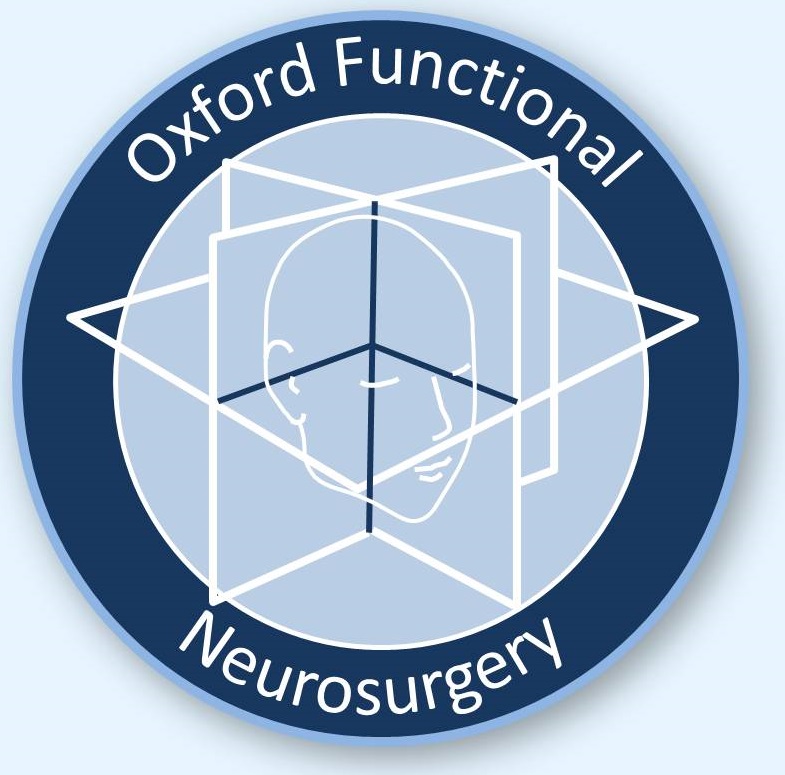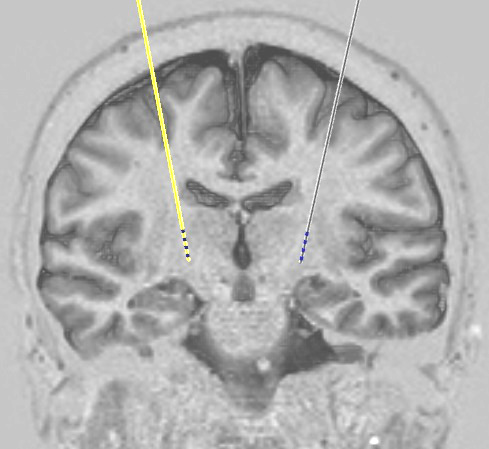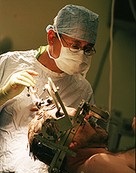The autonomic effects of deep brain stimulation
In this project we have been looking at how brain stimulation affects the "autonomic nervous system", a branch of the central nervous system that is responsible for controlling many things that we do largely unconsciously, such as maintaining our blood pressure and controlling our breathing and bladder function.
Many of the areas that we routinely target with DBS electrodes also happen to be important for these autonomic functions. Our research in this area started with the finding that stimulation of the Periaqueductal Grey area (PAG, one of the DBS targets when treating pain) can alter blood pressure (in either direction, depending on exactly where the electrode is positioned). We demonstrated that DBS could be a potential treatment for postural hypotension, a debilitating condition where blood pressure drops on standing. We also described a case of a patient with long-standing hypertension (high blood pressure) whose blood pressure was successfully controlled with DBS (although the indication for DBS was to treat his pain).
In collaboration with Dr Yrsa Sverrisdottir at the University of Oxford we are investigating the mechanism by which DBS affects blood pressure, by using microneurography to make direct recordings of sympathetic nerves during brain stimulation.
Preliminary findings indicate that DBS of certain brain areas can improve breathing, and we are currently working to produce an asthma model in patients without asthma, to test the effects of DBS on "asthmatic" states.
PAG stimulation can increase functional bladder capacity (i.e. the threshold for bladder emptying is increased by stimulating this area of the brain). These findings have important implications for both our understanding and the treatment of overactive bladder syndrome and similar disorders.
Our strategy for the future is to work on both mechanisms and translation of some of these findings into potential therapies/devices that can be used to help patients with autonomic dysfunction.
Copyright OFN Tuesday, 10 February, 2015.









